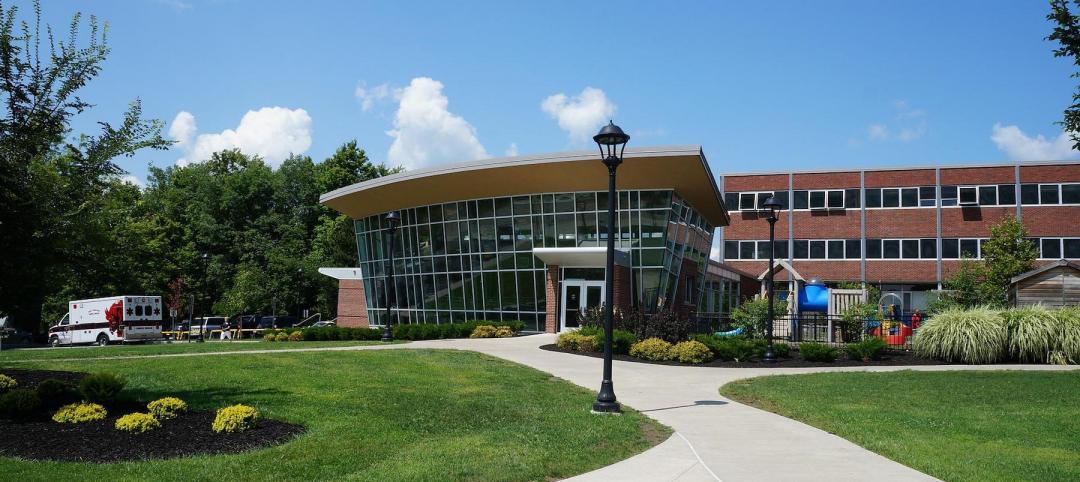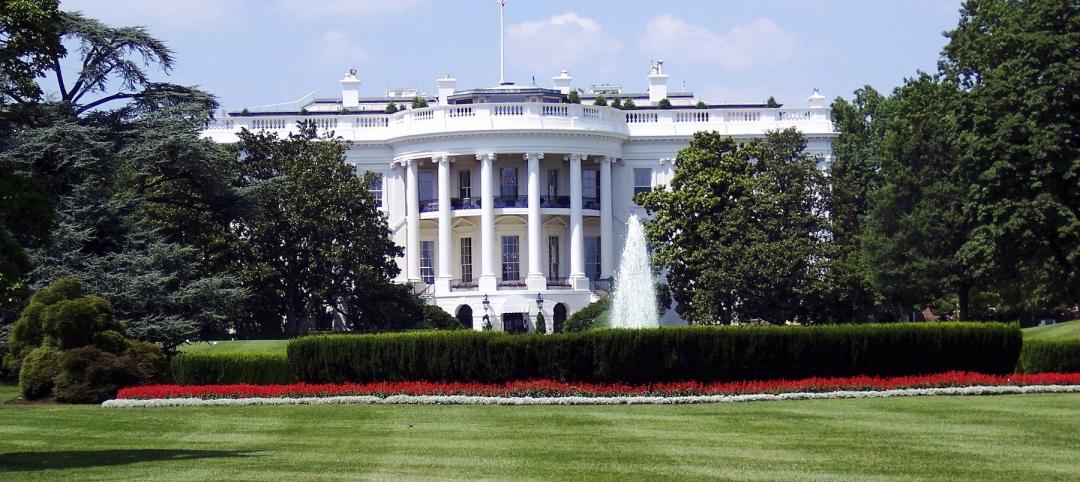ASHRAE recently approved publication of its highly anticipated standard to reduce the risk of airborne infectious aerosol transmission in buildings.
ASHRAE Standard 241, Control of Infectious Aerosols establishes minimum requirements to reduce the risk of disease transmission by exposure to infectious aerosols in new buildings, existing buildings, and major renovations. Infectious aerosols are tiny, exhaled particles that can carry pathogens that cause infections or disease.
Infectious aerosols are so small that they can remain in the air for long periods of time. Use of this standard could reduce exposure to the SARS-COVID-2 virus, which causes COVID-19, the flu virus, and other pathogens.
Standard 241 provides requirements for many aspects of air system design, installation, operation, and maintenance. It includes an infection risk management mode (IRMM) that enhances the normal mode of operation via engineering controls to reduce infectious aerosol exposure of occupants. It also provides a Requirements for Use of Filtration and Air Cleaning Technology section that outlines how to draw in additional outdoor air to ventilate a building in an energy-efficient, cost-effective manner.
More on the standard from ASHRAE:
Important aspects of the standard include:
- Infection Risk Management Mode – Requirements of Standard 241 apply during an infection risk management mode (IRMM) that applies during identified periods of elevated risk of disease transmission. AHJs (Authorities Having Jurisdiction) can determine when the enhanced protections of Standard 241 will be required, but its use can also be at the discretion of the owner/operator at other times, for example, during influenza season. This aspect of Standard 241 introduces the concept of resilience – ability to respond to extreme circumstances outside normal conditions - into the realm of indoor air quality control design and operation.
- Requirements for Equivalent Clean Airflow Rate – Other indoor air quality standards, including ASHRAE Standards 62.1, 62.2, specify outdoor airflow rate and filtration requirements to control normal indoor air contaminants. Standard 241 breaks new ground by setting requirements for equivalent clean airflow rate, the flow rate of pathogen free air flow into occupied areas of a building that would have the same effect as the total of outdoor air, filtration of indoor air, and air disinfection by technologies such as germicidal ultraviolet light. This approach allows the user of the standard flexibility to select combinations of technologies to comply with the standard that best satisfy their economic constraints and energy use goals.
- Requirements for Use of Filtration and Air cleaning Technology – Dilution of indoor air contaminants by ventilation with outdoor air can be an energy intensive and expensive way to control indoor air quality. Standard 241 provides extensive requirements for use of filtration and air cleaning to effectively and safely achieve meet equivalent clean airflow requirements efficiently and cost effectively. These include testing requirements to establish performance and to demonstrate that operation does not degrade indoor air quality in other ways, for example by elevating ozone levels.
- Planning and Commissioning – Standard 241 provides assessment and planning requirements culminating in the development of a building readiness plan, a concept carried over from the work of the ASHRAE Epidemic Task Force. It also describes procedures for commissioning systems to determine their installed performance.
The standard is available for presale in the ASHRAE Bookstore.
Related Stories
Codes and Standards | Apr 28, 2022
Architecture firm Perkins&Will to deliver ‘carbon forecasts’ for clients
Global architecture firm Perkins&Will says it will issue its clients a “carbon forecast” for their projects.
Codes and Standards | Apr 27, 2022
White House guidance on Buy American for infrastructure includes waiver process
Recently released guidance on the Buy American provision within the $1.2 trillion Infrastructure Investment and Jobs Act released by the Office of Management and Budget includes a waiver process.
Multifamily Housing | Apr 26, 2022
Investment firm Blackstone makes $13 billion acquisition in student-housing sector
Blackstone Inc., a New York-based investment firm, has agreed to buy student-housing owner American Campus Communities Inc.
Codes and Standards | Apr 25, 2022
Supply chain constraints, shifting consumer demands adding cost pressures to office fit-outs
Cushman & Wakefield’s 2022 Americas Office Fit-Out Cost Guide found supply chain constraints and shifting consumer demands will continue to add pressure to costs, both in materials and labor.
Legislation | Apr 21, 2022
NIMBYism in the Sunbelt stymies new apartment development
Population growth in Sunbelt metro areas is driving demand for new apartment development, but resistance is growing against these projects.
Codes and Standards | Apr 18, 2022
Dept. of Energy has RFI on funding cost-effective updated energy codes implementation
The U.S. Department of Energy (DOE) Building Technologies Office (BTO) has issued a request for information regarding funding cost-effective implementation of updated building energy codes.
Legislation | Apr 14, 2022
Defense Dept. building largest 3D-printed structures in Western Hemisphere
The U.S. Department of Defense is constructing three barracks at the Camp Swift Training Center in Bastrop, Texas that will each be the largest 3D-printed structures in the Americas.
Codes and Standards | Apr 13, 2022
LEED multifamily properties fetch higher rents and sales premiums
LEED-certified multifamily properties consistently receive higher rents than non-certified rental complexes, according to a Cushman & Wakefield study of two decades of data on Class A multifamily assets with 50 units or more.
Legislation | Apr 11, 2022
Dept. of Energy releases RFI for K-12 schools energy upgrade program
The U.S. Dept. of Energy (DOE) released a Request for Information (RFI) to help decide how best to spend $500 million from the recently passed federal infrastructure law for K-12 public school energy upgrades.
Codes and Standards | Apr 8, 2022
Dept. of Energy boosts energy efficiency standards for federal buildings
The Department of Energy’s recently released new energy efficiency standards for federal buildings.

















